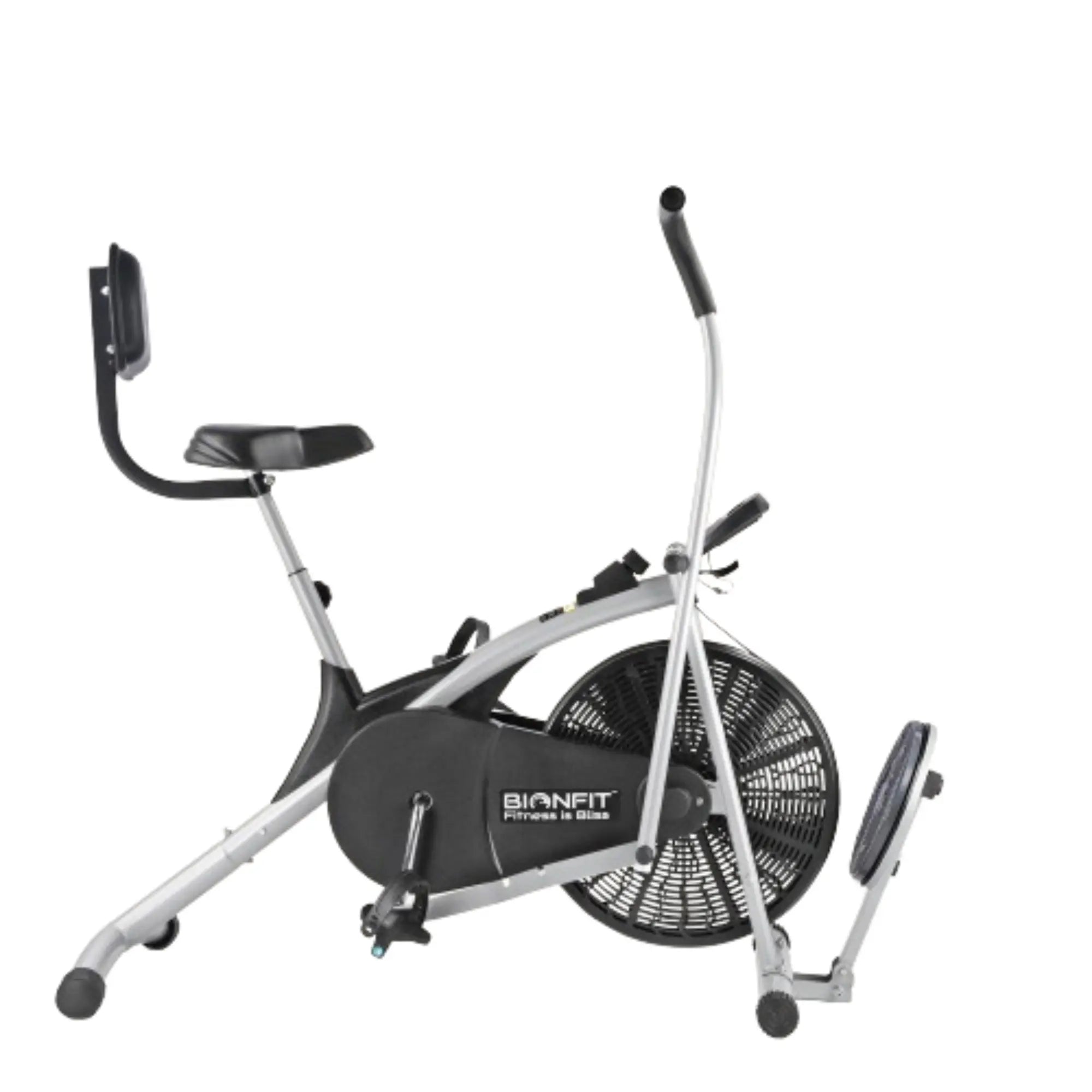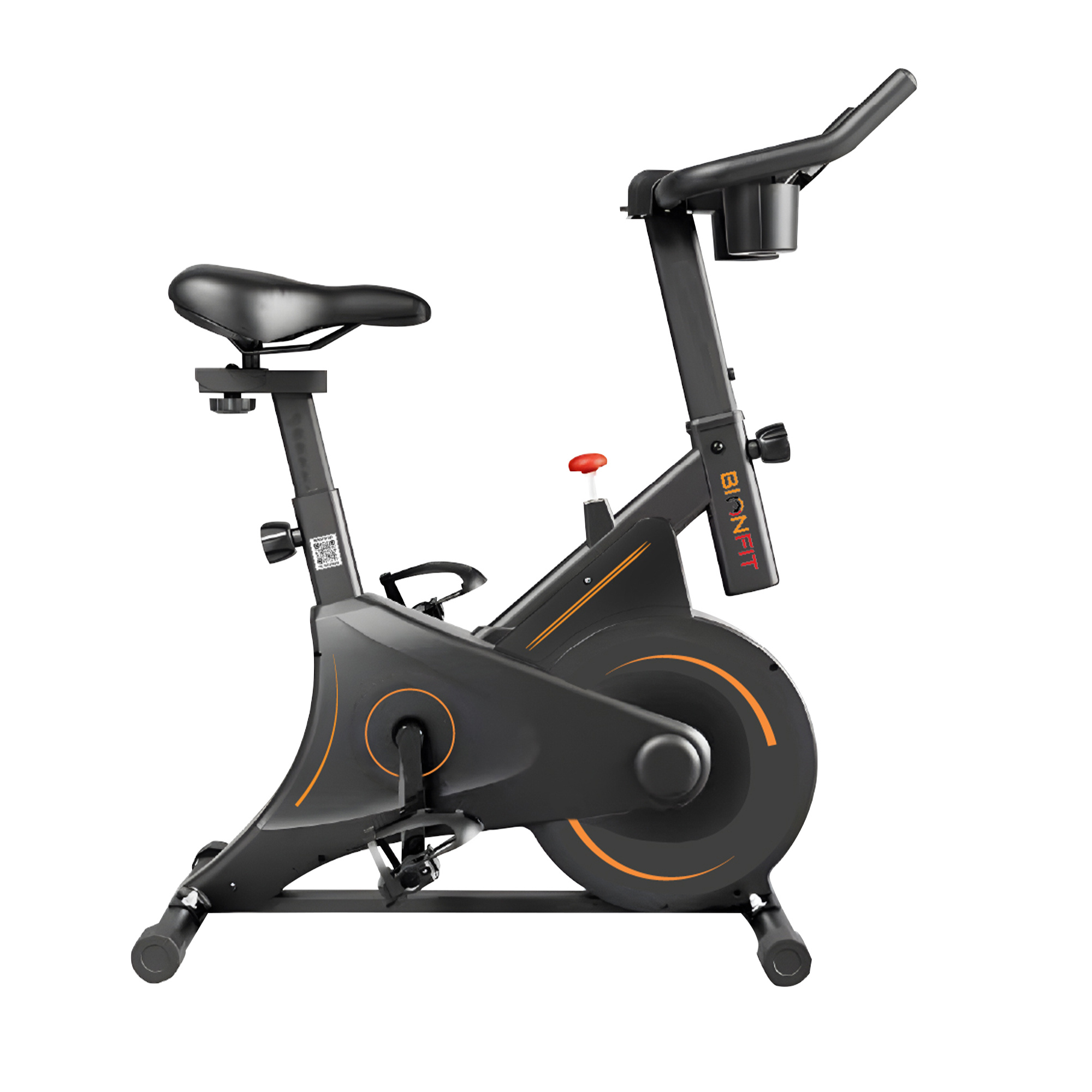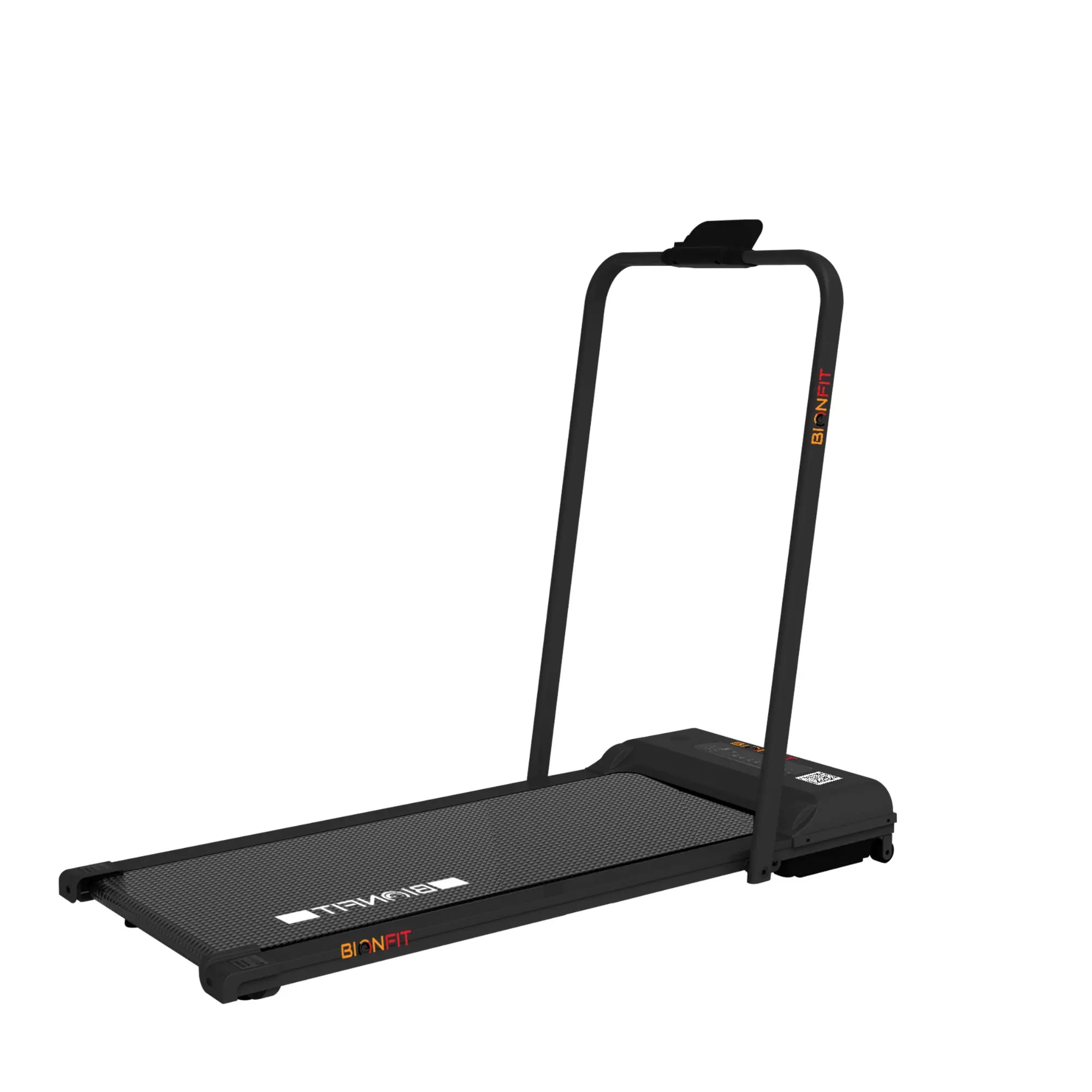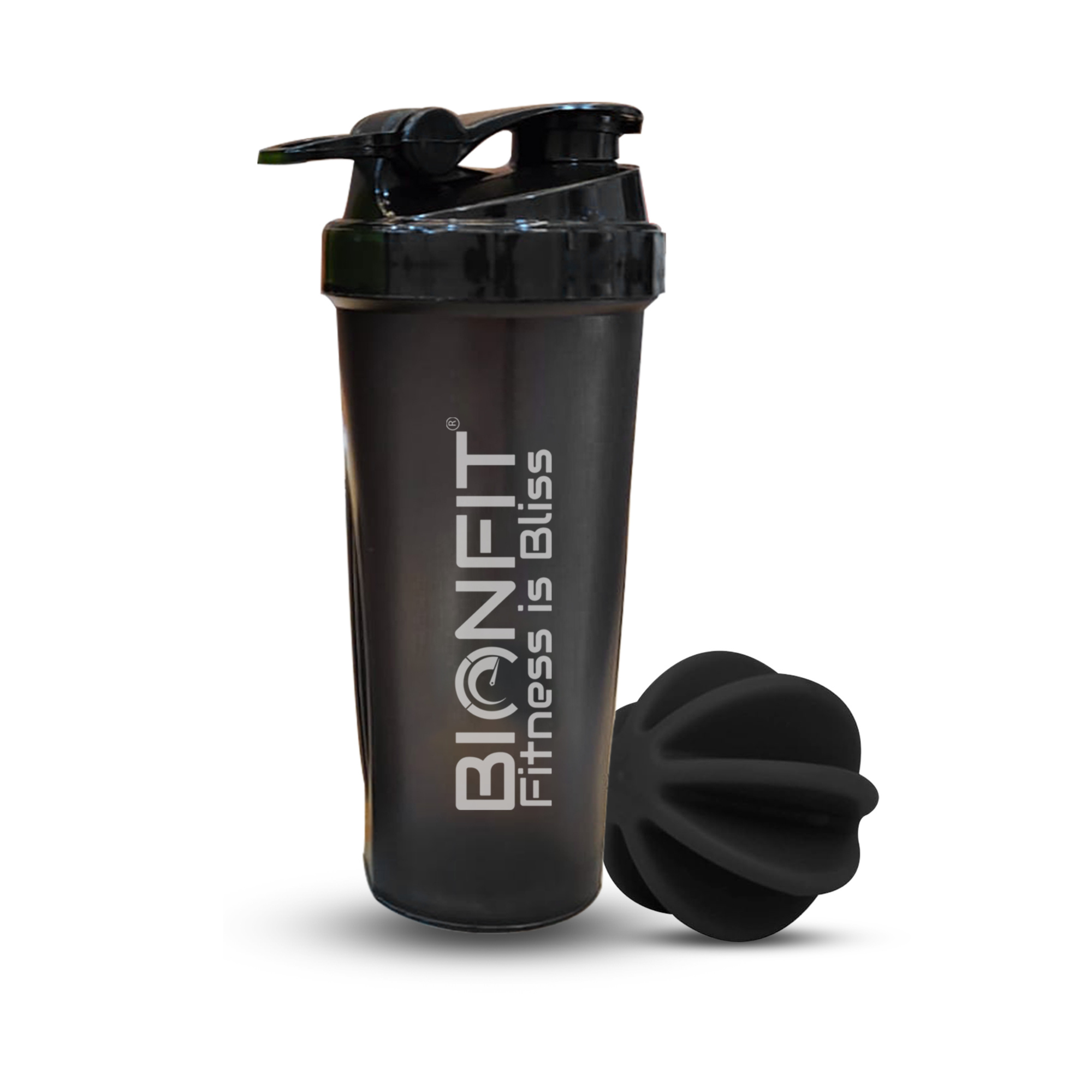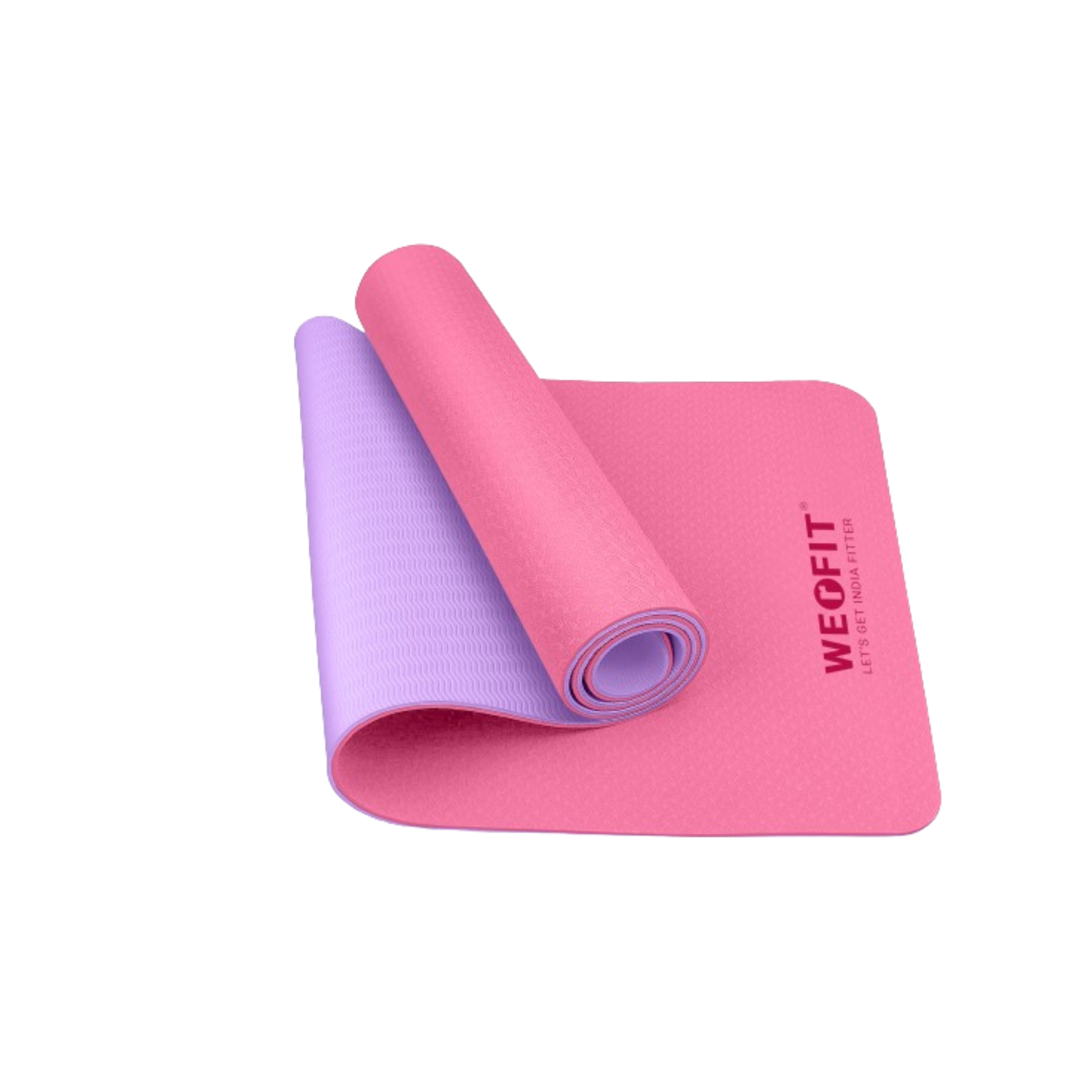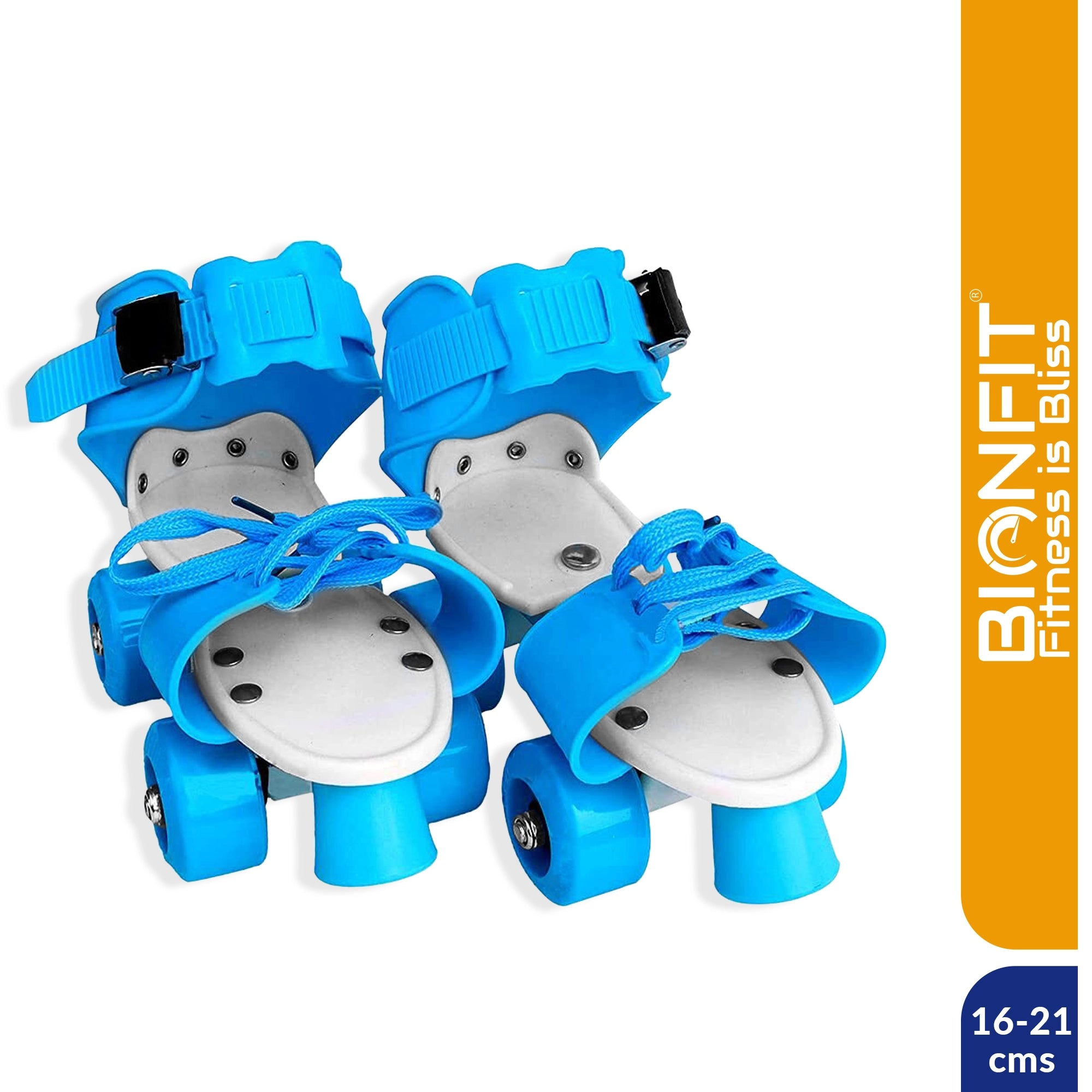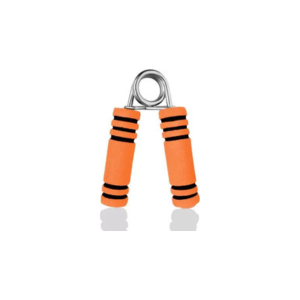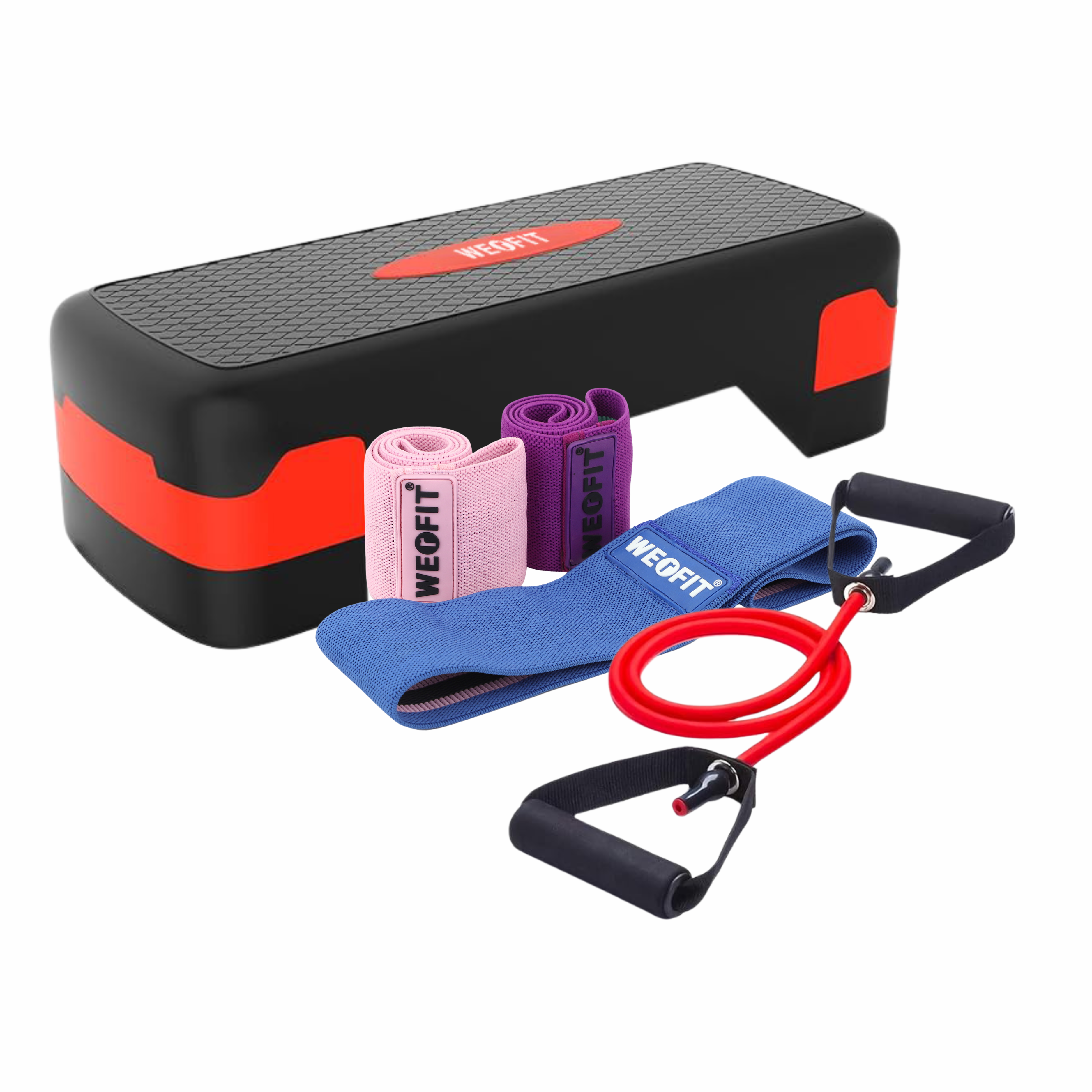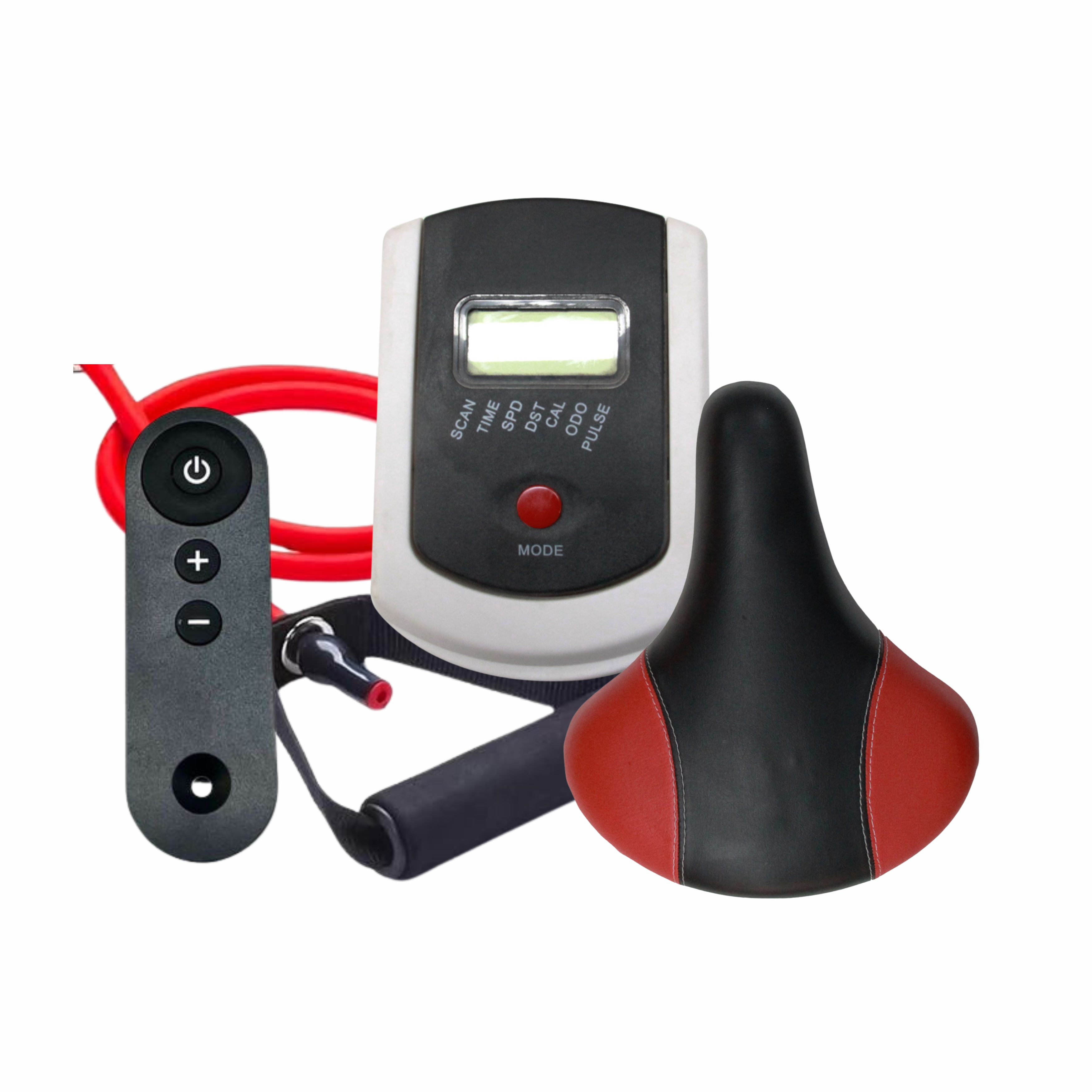
Exercise Bike Workouts: Tips for Beginners
Getting into a workout routine can feel like climbing a mountain, especially if you're just starting. But worry not! An exercise bike is a fantastic way to dip your toes into the world of fitness. It's low-impact, easy to use, and highly effective for improving cardiovascular health. Plus, you can do it from the comfort of your home. Let’s dive into the basics of starting with an exercise bike workout.
Choosing the Right Exercise Bike
Types of Exercise Bikes
Before you pedal away, you need to choose the right bike. There are primarily three types of exercise bikes: upright, recumbent, and indoor cycling bikes. Upright bikes resemble traditional bicycles and are great for a straightforward workout. Recumbent bikes have a reclined seating position, offering more back support, making them ideal for those with lower back issues. Indoor cycling bikes, often used in spin classes, allow for a more intense workout, mimicking road cycling.
Features to Consider
When selecting an exercise bike, consider features like adjustable resistance levels, built-in workout programs, heart rate monitors, and a comfortable seat. These features can enhance your workout experience and help you stay motivated.
Setting Up Your Exercise Bike
Proper Placement
Position your exercise bike in a well-ventilated area with enough space around it to move freely. Good ventilation ensures you stay cool during your workout, which can enhance performance and comfort.
Adjusting Seat and Handlebars
Proper adjustment of the seat and handlebars is crucial for comfort and injury prevention. The seat should be at hip height, and your legs should be slightly bent at the lowest pedal position. Handlebars should be adjusted so you can reach them without straining.
Essential Gear for Bike Workouts
Comfortable Clothing
Wear breathable, moisture-wicking fabrics to keep you dry and comfortable. Avoid loose clothing that could get caught in the bike.
Appropriate Footwear
Invest in a good pair of cycling shoes or snug-fitting athletic shoes to ensure your feet are well-supported and to maximize pedal efficiency.
Hydration Accessories
Keep a water bottle within reach to stay hydrated. Some bikes come with built-in holders for convenience.
Warming Up Before Your Workout
Importance of Warm-Up
Warming up is a non-negotiable part of any workout. It prepares your muscles and cardiovascular system for exercise, reducing the risk of injury.
Simple Warm-Up Exercises
Start with five minutes of light pedaling at a low resistance. You can also include dynamic stretches such as leg swings and arm circles to get your blood flowing.
Beginner Workout Plan
Starting Slow
As a beginner, it's crucial to start slow. Begin with short, manageable sessions of about 20-30 minutes.
Basic Routine
A basic routine could include 5 minutes of warm-up, 15-20 minutes of steady cycling at a moderate pace, and a 5-minute cool-down.
Increasing Intensity Gradually
Gradually increase the duration and intensity of your workouts. Add a few minutes each week and incorporate interval training once you're comfortable.
Understanding Resistance Levels
How Resistance Works
Resistance on an exercise bike simulates riding uphill. Higher resistance levels make pedaling harder, increasing the workout's intensity.
Finding the Right Resistance Level
Start with low resistance and gradually increase it as you build strength and endurance. Aim for a level that challenges you but still allows you to maintain good form.
Correct Posture and Form
Maintaining Proper Posture
Good posture is key to an effective workout. Keep your back straight, shoulders relaxed, and core engaged. Your knees should track over your feet without splaying outward.
Common Mistakes to Avoid
Avoid hunching your shoulders, locking your elbows, or letting your knees collapse inward. These mistakes can lead to discomfort and injury.
Tracking Your Progress
Using Built-in Monitors
Most exercise bikes come with monitors that track your speed, distance, time, and calories burned. Use these metrics to gauge your progress.
Keeping a Workout Journal
Consider keeping a workout journal to log your sessions, track improvements, and stay motivated. Note down details like duration, intensity, and how you felt during the workout.
Staying Motivated
Setting Realistic Goals
Set achievable goals to keep yourself motivated. Whether it's increasing your workout time, losing weight, or just staying consistent, having clear objectives can keep you focused.
Rewarding Yourself
Celebrate your milestones with small rewards. It could be a treat, a new piece of workout gear, or a relaxing day off.
Joining Online Communities
Engage with online fitness communities for support, tips, and motivation. Sharing your journey with others can be incredibly encouraging.
Integrating Other Exercises
Combining Bike Workouts with Strength Training
Complement your bike workouts with strength training exercises to build muscle and improve overall fitness. Bodyweight exercises like squats, lunges, and push-ups are a good start.
Stretching and Flexibility
Incorporate stretching and flexibility exercises into your routine to improve your range of motion and prevent stiffness.
Nutrition Tips for Better Performance
Pre-Workout Nutrition
Fuel your body with a balanced meal or snack before your workout. Opt for a mix of carbohydrates and proteins, like a banana with peanut butter or a smoothie.
Post-Workout Recovery Meals
After your workout, replenish your energy with a meal rich in protein and healthy carbs. This aids in muscle recovery and growth.
Listening to Your Body
Recognizing Signs of Overexertion
Pay attention to how your body feels. Signs of overexertion include dizziness, shortness of breath, and excessive fatigue. If you experience these, slow down or take a break.
Taking Rest Days
Rest days are vital for recovery. Ensure you give your muscles time to repair and grow stronger by including rest days in your routine.
Common Beginner Mistakes
Overtraining
Avoid the temptation to overdo it. Consistency is more important than intensity when starting out.
Neglecting Warm-Ups and Cool Downs
Skipping warm-ups and cool-downs can lead to injuries. Always take time to prepare your body for exercise and to recover afterward.
Ignoring Form
Poor form can lead to discomfort and injuries. Focus on maintaining proper posture and technique during your workouts.
Conclusion
Starting a workout routine with an exercise bike is a fantastic way to improve your fitness and health. Remember to start slow, listen to your body, and stay consistent. With the right mindset and dedication, you'll see progress in no time. So, hop on your bike and start pedaling towards a healthier you!
FAQs
1. How often should I use the exercise bike as a beginner?
- Aim for 3-4 times a week, with rest days in between to allow your body to recover.
2. Can I lose weight using an exercise bike?
- Yes, consistent workouts combined with a healthy diet can help you lose weight.
3. What if I have joint issues?
- A recumbent bike is a great option if you have joint issues as it provides better support and reduces strain.
4. How long should my workouts be?
- Start with 20-30 minutes sessions and gradually increase as you build stamina.
5. Is it better to cycle in the morning or evening?
- It depends on your schedule and when you feel most energetic. Find a time that works best for you and stick to it.
Follow us for more updates.

